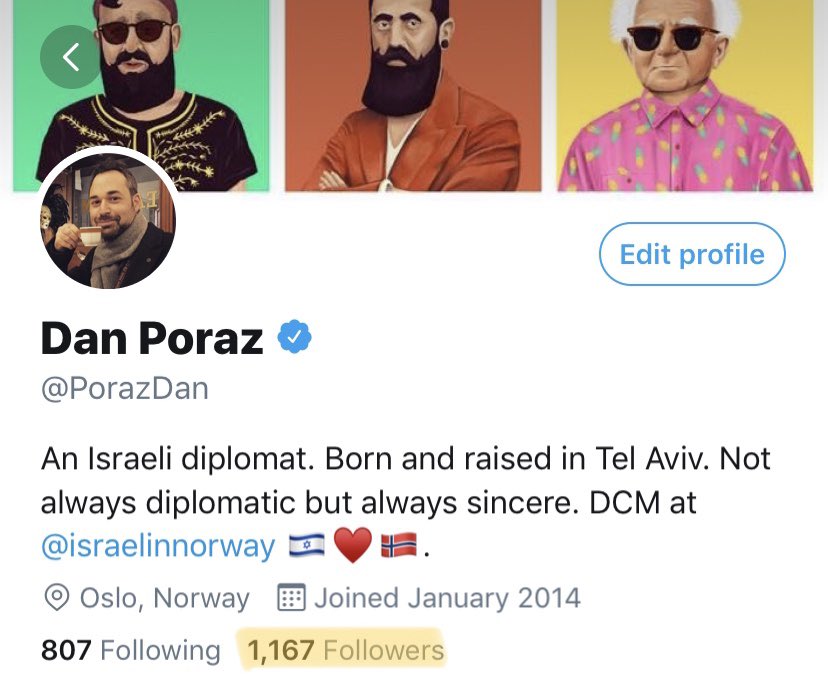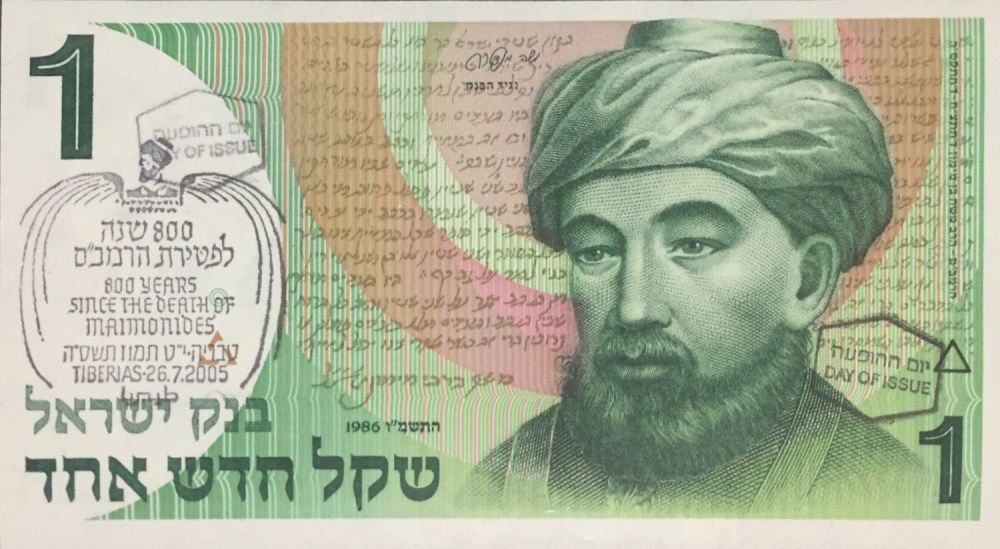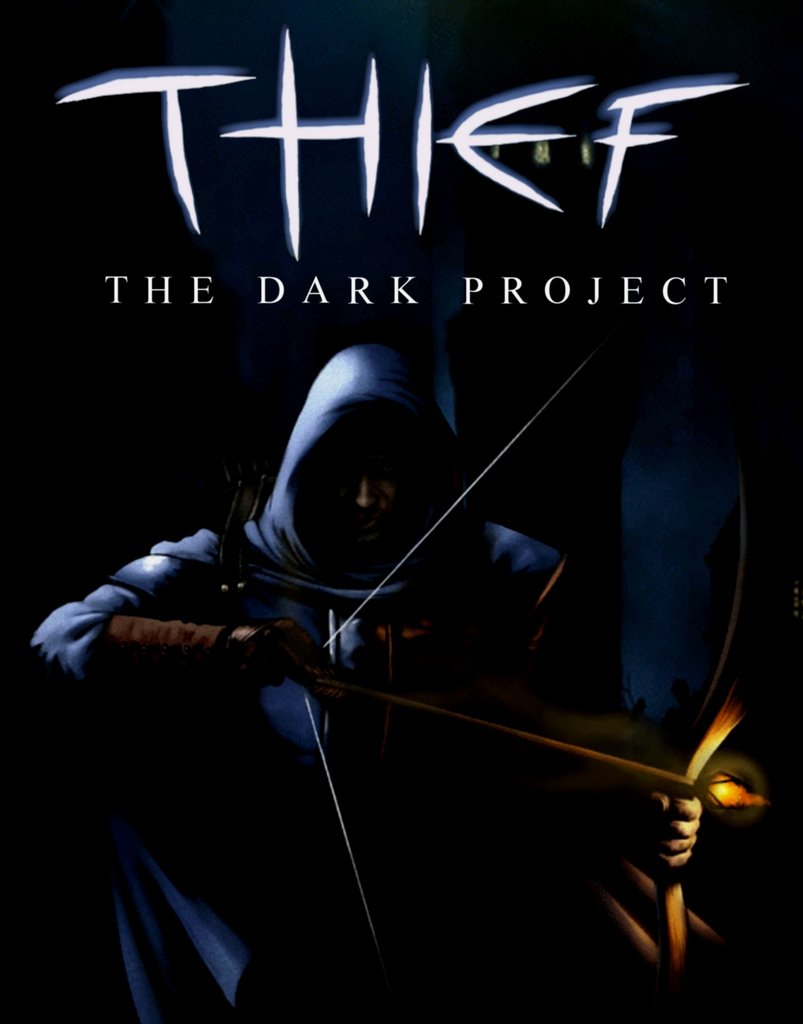The *easy* solution is to think of b plots as "hooks for one character".
Those are C plots.
Your B plots should engage *at least* two characters. Don't force it to engage them all - rather, just rely on the ragged edges.
So if I have characters A, B and C, my A plot should engage all of them, but if I have 3 B Plots that engage AB, BC and AC, then with 4 plots I have just brought a HUGE level of very organic engagement.
Also, the ABC example is both tidy and comprehensive, but add one more character and it will be messy by necessity, and that's good.
An entirely valid plot is an excuse to use a weird spell or magic item in a cool way.
Like, I know this is not great literature, but introducing something to validate the player's choice to memorize Comprehend Languages is a golden move.
You *challenge* that decision when it complicates situations.
You *contradict* that decision with situations which cannot be gotten past because of that decision.
A *challenge* reduces their mobility and forces them to make more constrained choices, like needing to cling to the mast, or move VERY SLOWLY.
A *contradiction* lets them fall and die.
There are few techniques more potent than looking at one hook on two characters, then imagining what the third thing that connects them might be, and introducing it into the game.
















